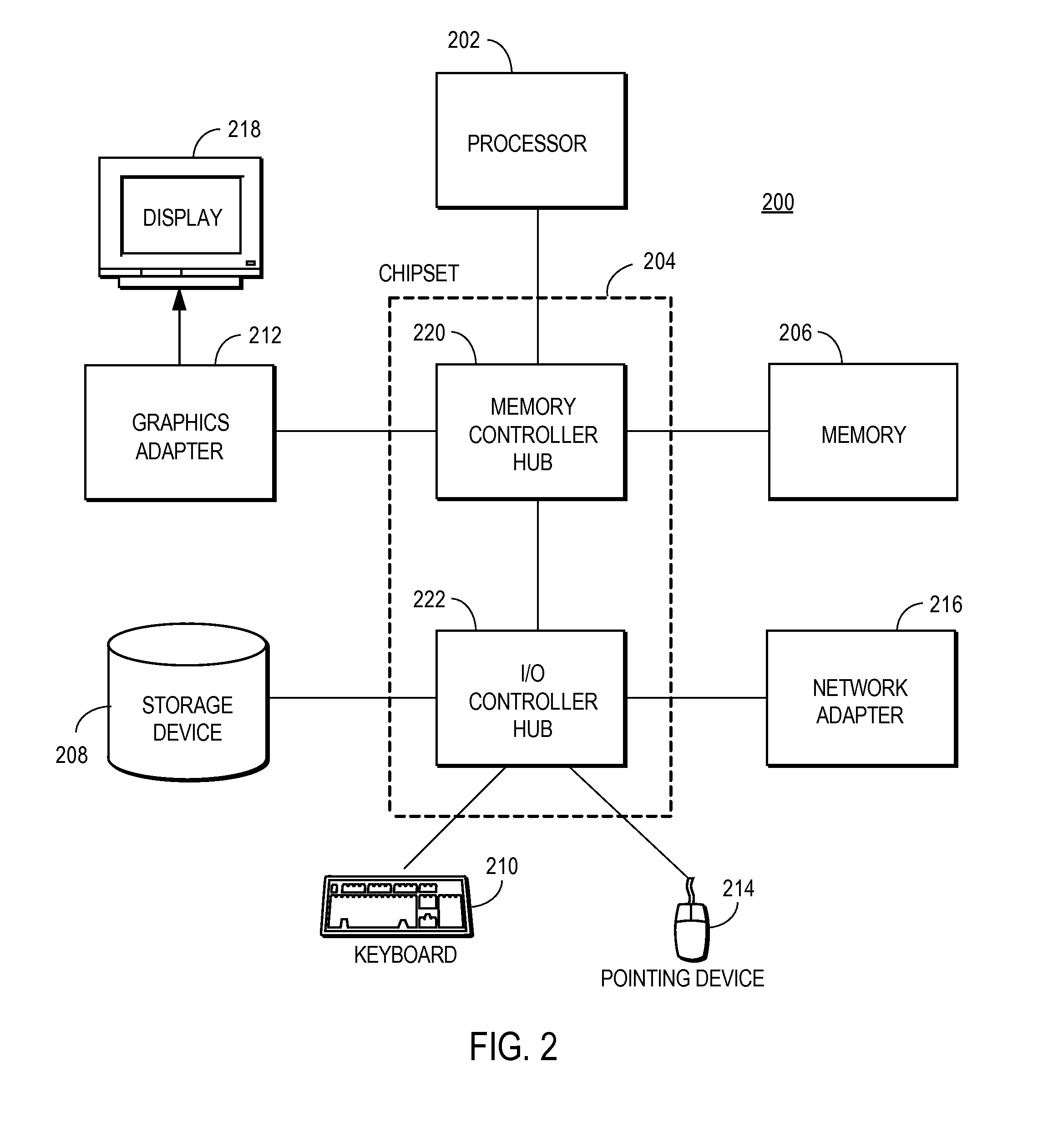Text recognition for textually sparse images
a text recognition and sparse image technology, applied in the field of digital imaging, can solve the problems of ocr algorithm that fails to recognize the portion of textually sparse images, ocr algorithm has less than desirable accuracy for textually sparse images, and conventional ocr algorithm has relatively poor performance when analyzing textually sparse images, etc., to achieve the effect of fast processing times
- Summary
- Abstract
- Description
- Claims
- Application Information
AI Technical Summary
Benefits of technology
Problems solved by technology
Method used
Image
Examples
Embodiment Construction
System Architecture
[0019]FIG. 1 is a block diagram of an image processing system in accordance with one embodiment of the present invention. An image processing system 100 processes images, such as an image provided by a client device 120 via a network 140. The image processing system 100 can perform a number of different types of analysis on a provided image, such as text recognition, face recognition, general object recognition, and the like. The text recognition features of the system 100 are set forth in detail below. The other possible types of image analysis, such as face recognition, are not the focus of this application and are not discussed further herein.
[0020]The client device 120 is a computing device, such as a mobile phone, personal digital assistant, personal computer, laptop computer, or more generally any device connected to the network 140. The client device 120 submits an image to the image processing system 100, e.g., via the network 140.
[0021]The image processin...
PUM
 Login to View More
Login to View More Abstract
Description
Claims
Application Information
 Login to View More
Login to View More - R&D
- Intellectual Property
- Life Sciences
- Materials
- Tech Scout
- Unparalleled Data Quality
- Higher Quality Content
- 60% Fewer Hallucinations
Browse by: Latest US Patents, China's latest patents, Technical Efficacy Thesaurus, Application Domain, Technology Topic, Popular Technical Reports.
© 2025 PatSnap. All rights reserved.Legal|Privacy policy|Modern Slavery Act Transparency Statement|Sitemap|About US| Contact US: help@patsnap.com



